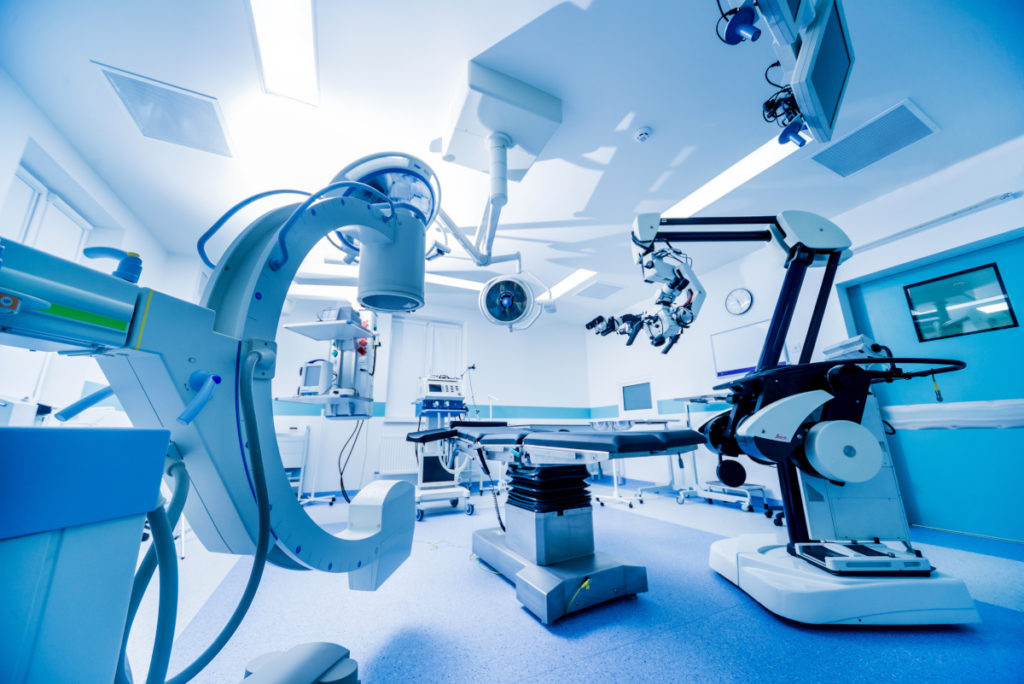
Medical Device Innovation: Transforming Healthcare Outcomes
Introduction
Medical device innovation plays a pivotal role in revolutionizing healthcare by providing new and improved ways to diagnose, treat, and prevent medical conditions. From surgical robots and implantable devices to advanced imaging systems and wearable monitors, medical devices are continuously pushing the boundaries of healthcare technology. In this article, we will explore the latest advancements in medical device innovation and its impact on improving healthcare outcomes.
Surgical Advancements
Surgical robots, such as the da Vinci Surgical System, have transformed complex surgical procedures by offering increased precision, dexterity, and minimally invasive approaches. These robots allow surgeons to perform intricate operations with minimal blood loss, faster recovery times, and improved surgical outcomes. Additionally, robotic systems provide surgeons with enhanced 3D visualization and improved ergonomics, reducing surgeon fatigue and optimizing patient care.
Implantable Devices
Implantable devices, such as pacemakers and heart valves, provide life-saving and life-enhancing solutions for patients with cardiac conditions. These devices regulate heart rate, prevent blood clots, and repair heart structures, ensuring improved quality of life and extended lifespans. Advancements in implantable device technology include miniaturization, wireless connectivity, and extended battery life, enabling continuous monitoring and remote adjustments to optimize therapy.
Advanced Imaging Systems
Medical imaging plays a crucial role in diagnosis, treatment planning, and monitoring. Advanced imaging systems, such as MRI, CT, and PET scans, provide detailed and accurate anatomical and functional images of the body. These technologies have revolutionized the diagnosis and management of diseases, including cancer, heart disease, and neurological disorders. Furthermore, advancements in AI-powered image analysis are enhancing diagnostic capabilities and reducing interpretation time.
Wearable Monitors
Wearable monitors track vital parameters such as heart rate, blood pressure, and blood glucose levels. These devices empower patients to monitor their health in real-time, enabling early detection of health issues and timely interventions. Wearable monitors are particularly beneficial for individuals with chronic conditions who require constant monitoring. Advancements in sensor technology and connectivity allow for continuous data streaming, remote monitoring, and personalized health recommendations.
Personalized Medicine
Medical device innovation is also driving the shift towards personalized medicine. Devices such as genomic sequencers and point-of-care diagnostic tests provide personalized genetic information and real-time analysis of patient samples. This enables tailored treatment plans based on an individual’s unique genetic makeup and health profile. Personalized medicine optimizes drug selection, improves treatment efficacy, and reduces the risk of adverse reactions.
Impact on Healthcare Outcomes
Medical device innovation has had a profound impact on improving healthcare outcomes. By providing advanced diagnostic tools, minimally invasive treatments, and implantable therapies, medical devices have:
- Enhanced surgical precision and reduced patient recovery times
- Extended the lifespan and improved the quality of life for patients with chronic conditions
- Enabled early detection and timely interventions for diseases
- Facilitated personalized treatment plans and optimized drug selection
- Empowered patients to play an active role in their health management
Conclusion
Medical device innovation is a driving force in transforming healthcare and improving patient outcomes. Surgical robots, implantable devices, advanced imaging systems, wearable monitors, and personalized medicine technologies are revolutionizing how we diagnose, treat, and prevent medical conditions. As technology continues to advance, we can expect even greater advancements in medical device innovation, leading to further improvements in healthcare and the well-being of our patients.


